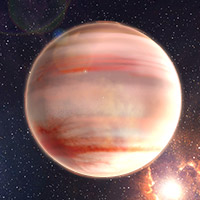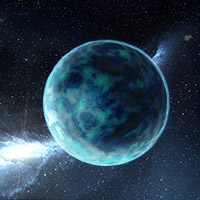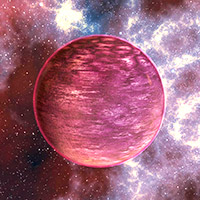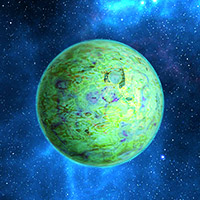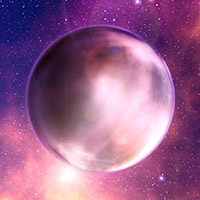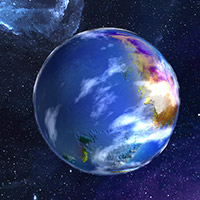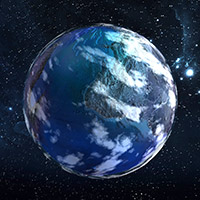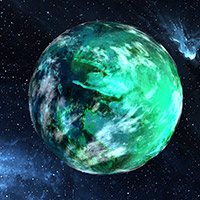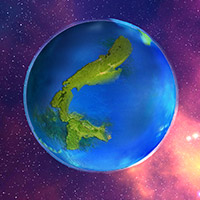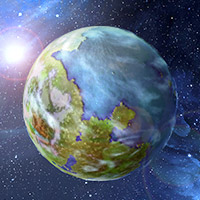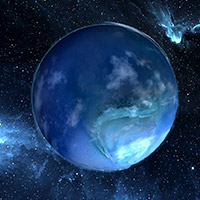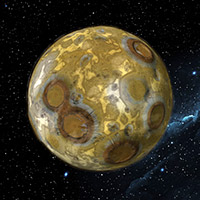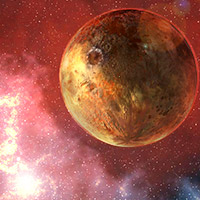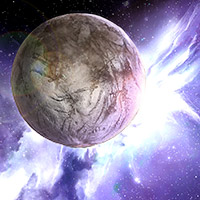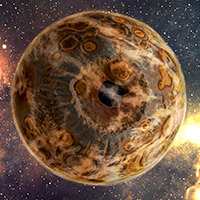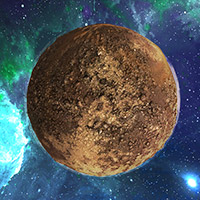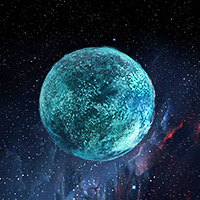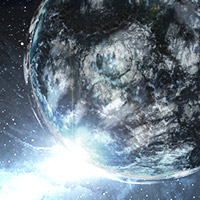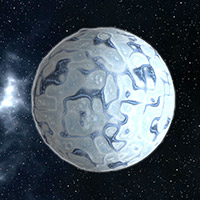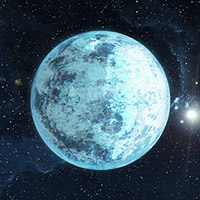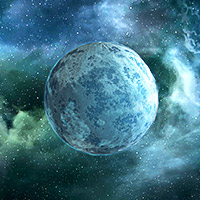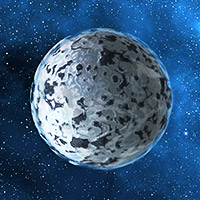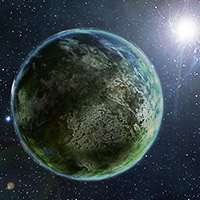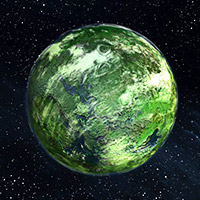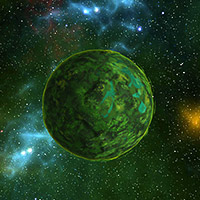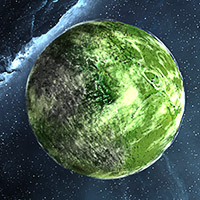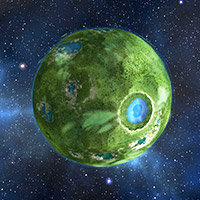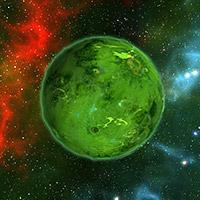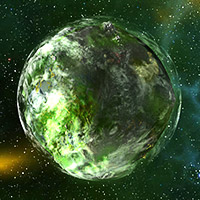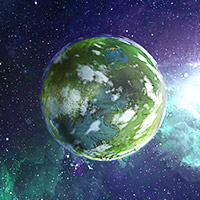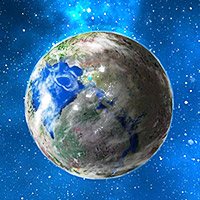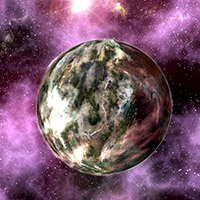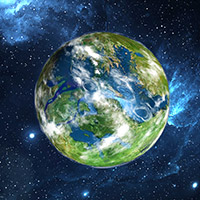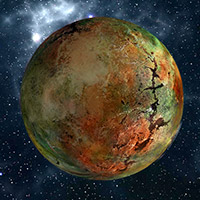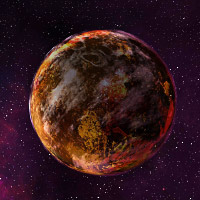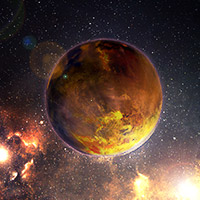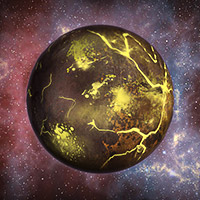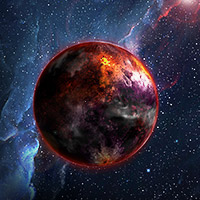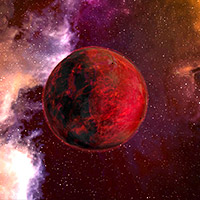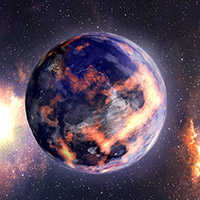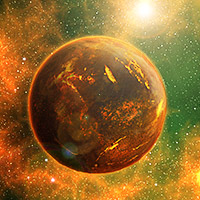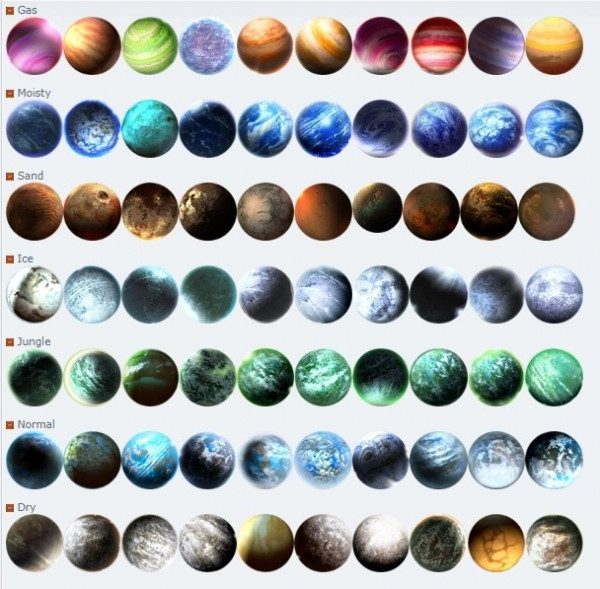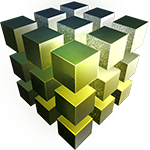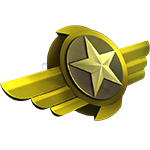Planet Guide, Planet Types
Planet Types
There are 7 types of planets
Gas: (+8% vespene production bonus)
Moist: (+2% mineral production bonus)
Sand: (+3% metal production bonus)
Ice: (no bonus)
Jungle: (no bonus)
Normal: (no bonus)
Dry: (no bonus)
for reference
old planet view:
There are 7 types of planets
Gas: (+8% vespene production bonus)
Moist: (+2% mineral production bonus)
Sand: (+3% metal production bonus)
Ice: (no bonus)
Jungle: (no bonus)
Normal: (no bonus)
Dry: (no bonus)
for reference
old planet view:
25 Июля 2018 01:21:48
31 Марта 2019 04:33:04
https://xcraft.ru/forum/topic_34090
The characteristics of the planets.
In order to colonize planets, you can use the Colony ship (Terran), Luker (Xerj), Sower (Toss). To colonize a new planet, send any of these ships to an unoccupied location in the galaxy by choosing the mission "Colonization". This procedure applies to any player who built the colonizer (in future use, the word "colonizer" will be mean a Colony ship, Luker or Sower).
Each planet has characteristics, including diameter, temperature (minimum and maximum), the number of fields (the maximum number of places available for construction), type (landscape), and icon (it is just a picture, but it helps to determine the type of landscape). After reaching level 5 Espionage technology , information on the diameter and temperature of the planets which have an icon (not a question mark) can be found in the galaxy menu by clicking on the planet. Information about your planet can be seen in the Planet Overview.
More details about each characteristic:
Diameter.
It has a range from 5000 km to 30000 km. Special planets may have a diameter of up to 100,000 km.
Diameter determines:
- Xerj income from Providers.
- Xerj income from Landslide.
- Toss income from Planetary ripper.
- Planetary destruction (PD) chance of destroying a planet. Some ships have PD ability (Jovian, Gigashadow, Matriarch and Supernova star). The larger the diameter of the planet, the lower chance of PD (up to 96%, capitals cannot be destroyed). It is generally safe, in terms of PD, to colonize planets over 15k-20k in diameter. Diameter is a constant characteristic of the planet.
Temperature.
Temperature ranges from -120 to 120 degrees on planets.
Temperature determines:
- Terran - Energy income from Solar satellites.
- Xerj - Energy income from Overlord depends maximum temperature. Higher maximum temperatures on a planet allows greater energy production.
Vespen income from Vespen refinery (Terran), Extractor (Xerj) and Green droid (Toss) depends on the maximum temperature. Lower maximum temperatures on the planet allow for greater production of vespen.
From an economic standpoint, the most advantageous to colonize the cold planet.
Xerj and Toss will do better to colonize cold planets; than colder, the better.
Terrans are better to colonize planets with temperatures from -80 to -40°C so that solar satellites can generate enough energy.
Temperature is a constant characteristic of the planet.
Fields for buildings.
Information about the number of fields on a planet is on the Planet overview:
For the classic interface
For the realistic interface
For the adaptive interface
Each level of any building requires one field for construction. Terrans should colonize planets with the number of fields in excess of 270-300. If in the future the planet will become the player’s capital, 300-320 fields is better. For Xerj or Toss players, a colony with 250 fields is enough, but it is better to find a planet with field numbers in excess of 270. In order to increase the number of fields on a planet, use a Terraformer (or a Terran, 7 fields per level, which occupies one field itself and consumes energy), Creep colonies (Xerj defense, one field for each 250 creep colonies), Tectonic converter (Toss, six fields per level, which occupies one field itself). It is impossible to check number of fields before colonization. Field number is a changeable characteristic of the planet. Each re-colonization of a planet randomly determines the number of fields.
We strongly recommend that you find a planet with the required number of fields so you do not spend resources for the construction of field generating facilities. The price of 20-30 colonizers is much less than the price of the facilities needed to increase the number of fields!
Landscape.
Different planets have different average temperatures and landscape, factors that influence the production of resources. Metal income on dry planets is increased by 3%. Mineral income on wet planets increases by 2%. Vespen production on gas planets increases 8%. You can see what type (landscape) of planet you have in the Planet overview. Landscape is an unchangeable characteristic of the planet.
The landscape type of planets can be determined by their icon:
Gas (+8% to base vespen income)
Wet (+2% to base mineral income)
Dry (+3% to base metal income)
Ice/Cold (Do not have a bonus)
Jungle (Do not have a bonus)
Normal (Do not have a bonus)
Sand (Do not have a bonus)
Immutable characteristics are generated at the first colonization of a planet (before the first colonization, it looks like a black circle with a question mark and does not have an icon).
Changeable characteristics of the planet (at the moment, only the number of fields) are generated anew with each colonization. For example, if you colonize a planet, and find that there are only 50 fields, you can delete it (on the Planet overview, in the classic interface "[operation]", in a realistic interface it called the "Rename / leave", in a realistic interface it called the "Modify") and re-colonize to change number of fields.
The characteristics of the planets.
In order to colonize planets, you can use the Colony ship (Terran), Luker (Xerj), Sower (Toss). To colonize a new planet, send any of these ships to an unoccupied location in the galaxy by choosing the mission "Colonization". This procedure applies to any player who built the colonizer (in future use, the word "colonizer" will be mean a Colony ship, Luker or Sower).
Each planet has characteristics, including diameter, temperature (minimum and maximum), the number of fields (the maximum number of places available for construction), type (landscape), and icon (it is just a picture, but it helps to determine the type of landscape). After reaching level 5 Espionage technology , information on the diameter and temperature of the planets which have an icon (not a question mark) can be found in the galaxy menu by clicking on the planet. Information about your planet can be seen in the Planet Overview.
More details about each characteristic:
Diameter.
It has a range from 5000 km to 30000 km. Special planets may have a diameter of up to 100,000 km.
Diameter determines:
- Xerj income from Providers.
- Xerj income from Landslide.
- Toss income from Planetary ripper.
- Planetary destruction (PD) chance of destroying a planet. Some ships have PD ability (Jovian, Gigashadow, Matriarch and Supernova star). The larger the diameter of the planet, the lower chance of PD (up to 96%, capitals cannot be destroyed). It is generally safe, in terms of PD, to colonize planets over 15k-20k in diameter. Diameter is a constant characteristic of the planet.
Temperature.
Temperature ranges from -120 to 120 degrees on planets.
Temperature determines:
- Terran - Energy income from Solar satellites.
- Xerj - Energy income from Overlord depends maximum temperature. Higher maximum temperatures on a planet allows greater energy production.
Vespen income from Vespen refinery (Terran), Extractor (Xerj) and Green droid (Toss) depends on the maximum temperature. Lower maximum temperatures on the planet allow for greater production of vespen.
From an economic standpoint, the most advantageous to colonize the cold planet.
Xerj and Toss will do better to colonize cold planets; than colder, the better.
Terrans are better to colonize planets with temperatures from -80 to -40°C so that solar satellites can generate enough energy.
Temperature is a constant characteristic of the planet.
Fields for buildings.
Information about the number of fields on a planet is on the Planet overview:
For the classic interface
For the realistic interface
For the adaptive interface
Each level of any building requires one field for construction. Terrans should colonize planets with the number of fields in excess of 270-300. If in the future the planet will become the player’s capital, 300-320 fields is better. For Xerj or Toss players, a colony with 250 fields is enough, but it is better to find a planet with field numbers in excess of 270. In order to increase the number of fields on a planet, use a Terraformer (or a Terran, 7 fields per level, which occupies one field itself and consumes energy), Creep colonies (Xerj defense, one field for each 250 creep colonies), Tectonic converter (Toss, six fields per level, which occupies one field itself). It is impossible to check number of fields before colonization. Field number is a changeable characteristic of the planet. Each re-colonization of a planet randomly determines the number of fields.
We strongly recommend that you find a planet with the required number of fields so you do not spend resources for the construction of field generating facilities. The price of 20-30 colonizers is much less than the price of the facilities needed to increase the number of fields!
Landscape.
Different planets have different average temperatures and landscape, factors that influence the production of resources. Metal income on dry planets is increased by 3%. Mineral income on wet planets increases by 2%. Vespen production on gas planets increases 8%. You can see what type (landscape) of planet you have in the Planet overview. Landscape is an unchangeable characteristic of the planet.
The landscape type of planets can be determined by their icon:
Gas (+8% to base vespen income)
Wet (+2% to base mineral income)
Dry (+3% to base metal income)
Ice/Cold (Do not have a bonus)
Jungle (Do not have a bonus)
Normal (Do not have a bonus)
Sand (Do not have a bonus)
Immutable characteristics are generated at the first colonization of a planet (before the first colonization, it looks like a black circle with a question mark and does not have an icon).
Changeable characteristics of the planet (at the moment, only the number of fields) are generated anew with each colonization. For example, if you colonize a planet, and find that there are only 50 fields, you can delete it (on the Planet overview, in the classic interface "[operation]", in a realistic interface it called the "Rename / leave", in a realistic interface it called the "Modify") and re-colonize to change number of fields.
8 Ноября 2023 12:48:56
«
· General Discussion ·
»
Информация
Вы не авторизованы
1 чел. читают эту тему (гостей: 1)
Пользователей: 0 Claude Bot



